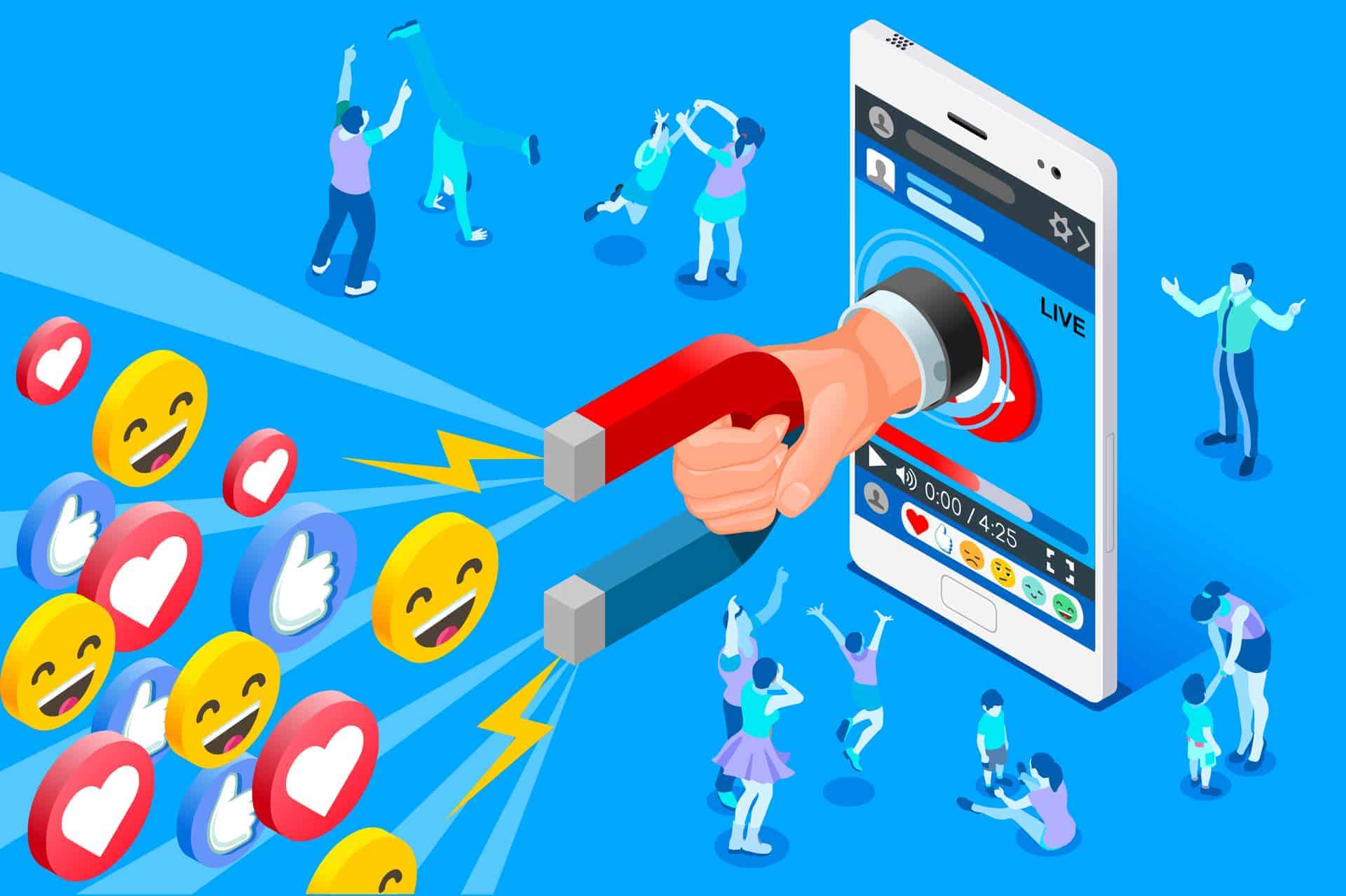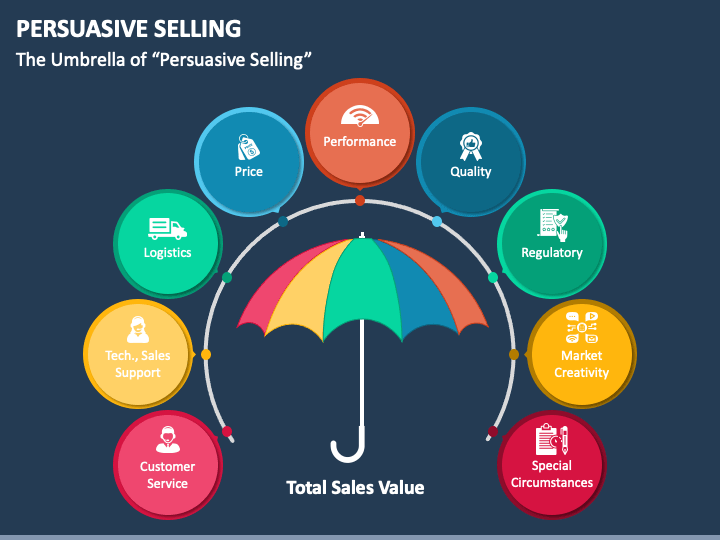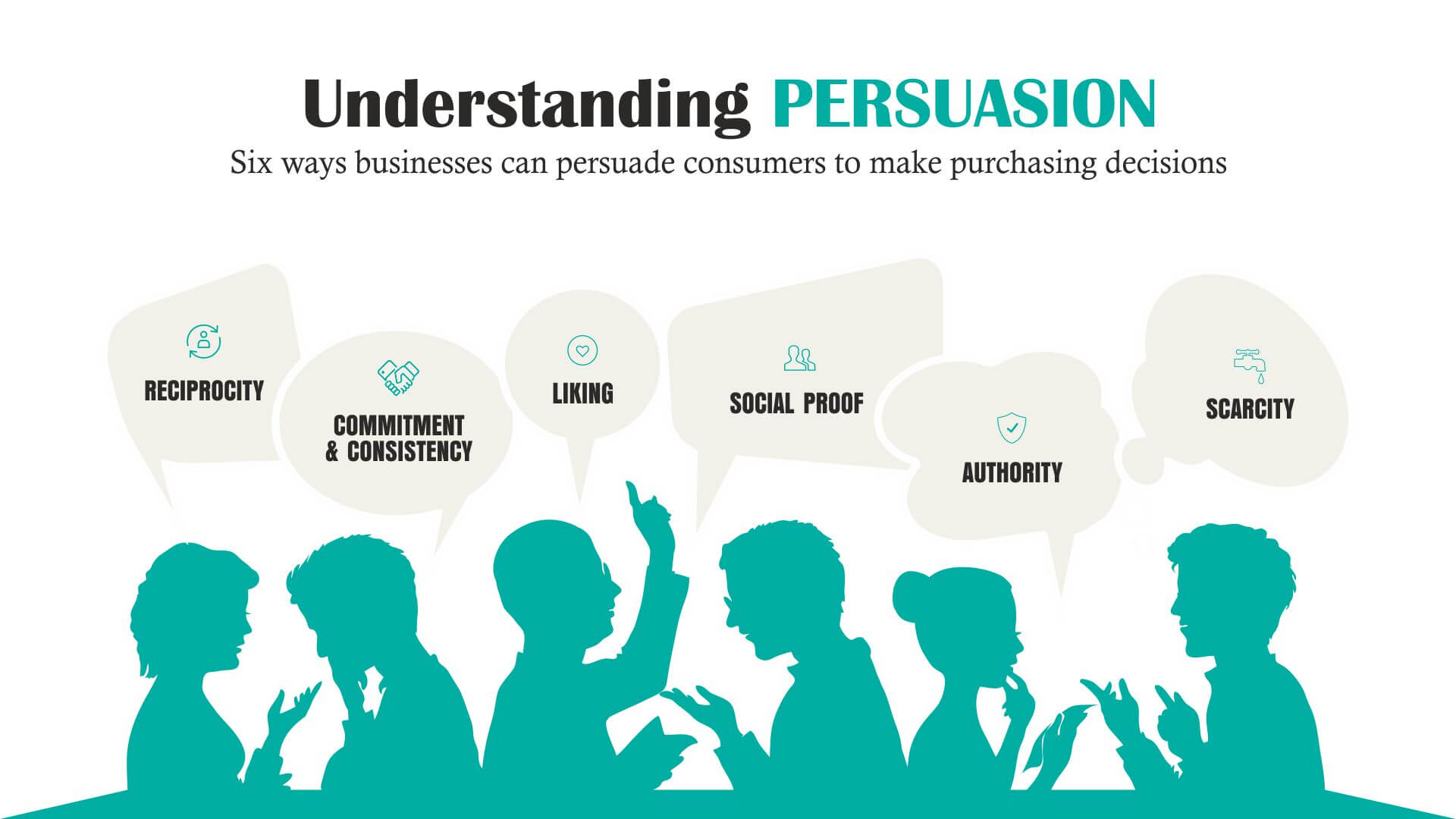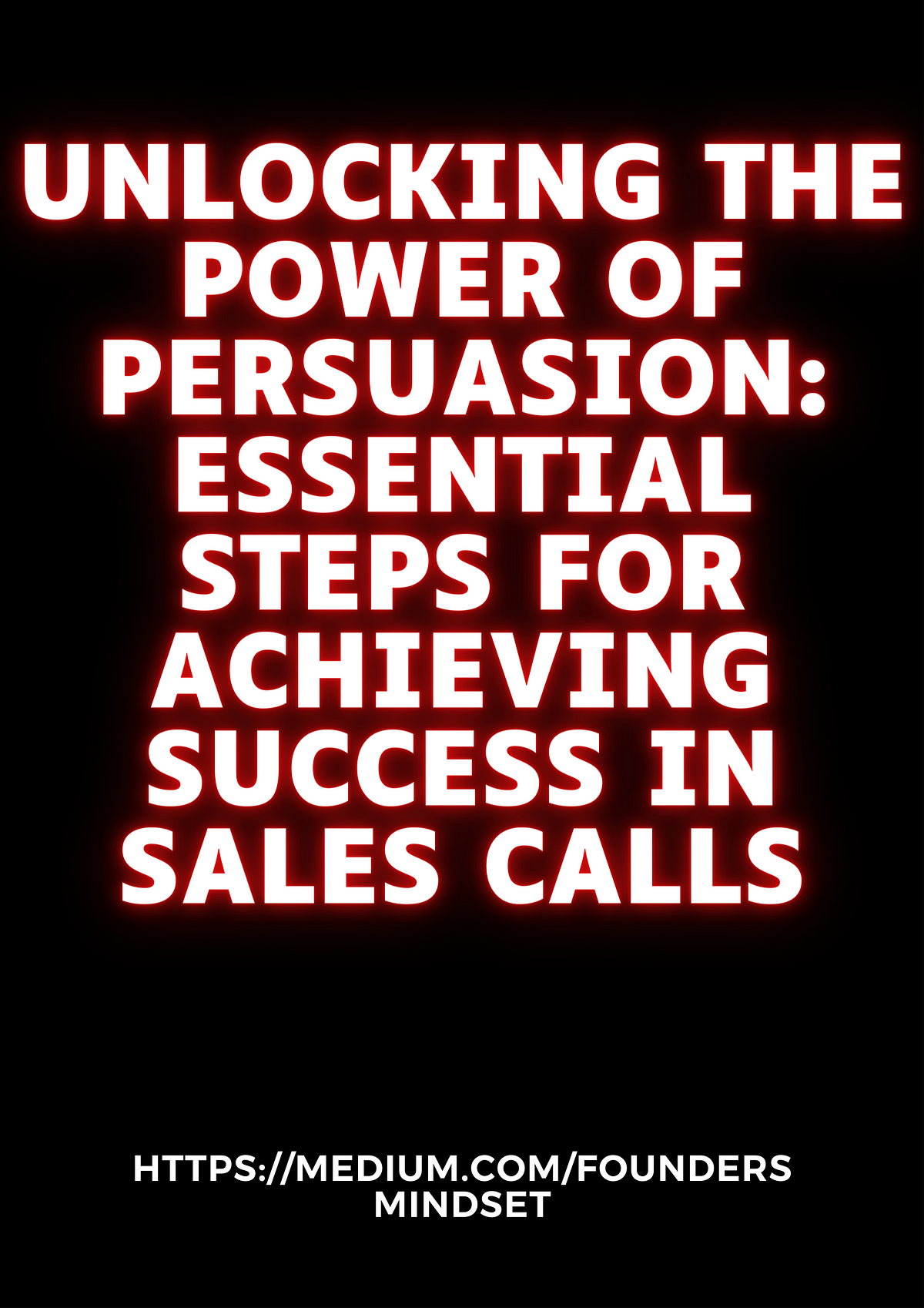Unlocking the Power of Persuasion: A Guide to Selling Your Product or Service

You’ve poured your heart and soul into creating something special. A product, a service, an experience – whatever it may be, it holds the potential to improve lives, solve problems, and bring joy. But how do you translate that potential into tangible results? How do you convince potential customers that your offering is the right choice for them? The answer lies in mastering the art of communication, specifically, the art of highlighting the features and benefits of your product or service.
Think of it this way: your product is like a beautiful house, but the features are the rooms, the appliances, and the landscaping. The benefits are the feeling of warmth, security, and comfort that those features provide. Your job is to guide potential customers through each room, showcasing the unique aspects of your product and how they translate into a better, more fulfilling life for them.

Understanding Your Ideal Customer: The Key to Effective Communication
Before we dive into specific features and benefits, let’s first define your ideal customer. Who are they? What are their needs, desires, and pain points? What motivates them? The more you understand your target audience, the more effectively you can tailor your message to resonate with them.
Imagine you’re selling a high-end kitchen appliance. Your ideal customer might be a busy professional who values efficiency, quality, and sleek design. You wouldn’t try to sell them on the affordability of a basic model; instead, you would focus on the time-saving features, the superior craftsmanship, and the elegant aesthetics that align with their lifestyle.

The Power of Features and Benefits: Building a Compelling Narrative
Now, let’s delve into the heart of the matter: how to effectively communicate the features and benefits of your product or service.
1. Features: The What

Features are the tangible aspects of your product or service. They are the building blocks, the raw materials that make up your offering. Think of them as the specifications, the technical details, the ingredients.
- Example: A high-performance blender features a powerful motor, multiple speed settings, and a durable stainless steel blade.


2. Benefits: The Why
Benefits, on the other hand, are the intangible outcomes that your features deliver. They are the emotional and practical value that your product or service brings to the customer’s life. Think of them as the solutions, the improvements, the positive experiences.

- Example: The powerful motor in the blender allows for effortless blending of even the toughest ingredients, saving time and effort. The multiple speed settings offer precise control, ensuring optimal results for various tasks. The durable stainless steel blade guarantees long-lasting performance and easy cleaning.


Connecting the Dots: Transforming Features into Benefits
The key to successful communication lies in connecting the dots between features and benefits. You need to translate the technical specifications into tangible advantages for your customer.
Here’s a simple formula to follow:

Feature + Benefit = Customer Value
Let’s take the blender example and apply this formula:
- Feature: Powerful motor
- Benefit: Effortless blending, saving time and effort
- Customer Value: A more efficient and enjoyable cooking experience


Beyond the Basics: Adding Depth and Impact

Now that you understand the fundamental principles of features and benefits, let’s explore some strategies to elevate your communication and create a truly compelling narrative.
1. Use Vivid Language and Sensory Details:
Instead of simply stating facts, paint a picture with your words. Engage your customer’s senses and emotions.
- Instead of: "This blender has a powerful motor."
- Try: "Experience the exhilarating power of this blender as it effortlessly pulverizes ingredients, transforming them into smooth, creamy concoctions."
2. Focus on Customer Needs and Pain Points:
Connect your product or service to your customer’s specific needs and challenges. Show how it solves their problems and improves their lives.
- Instead of: "This blender has a large capacity."
- Try: "Say goodbye to endless batches! With its generous capacity, this blender allows you to whip up delicious smoothies, soups, and sauces for the entire family, all in one go."
3. Showcase Unique Selling Propositions (USPs):
Highlight what makes your product or service stand out from the competition. What are its unique advantages? What sets it apart?
- Instead of: "This blender is easy to clean."
- Try: "Cleaning up after a culinary adventure shouldn’t be a chore. This blender features a detachable base and dishwasher-safe parts, making cleanup a breeze."
4. Use Testimonials and Social Proof:
Leverage the power of social proof by incorporating testimonials, reviews, and customer stories. These real-life experiences add credibility and build trust.
- Instead of: "This blender is popular among customers."
- Try: "Don’t just take our word for it! Customers rave about this blender’s performance, saying it’s ‘a game-changer in the kitchen’ and ‘the best investment they’ve made.’"
5. Offer a Clear Call to Action:
Tell your customers what you want them to do next. Make it easy for them to take the next step.
- Instead of: "This blender is available for purchase."
- Try: "Ready to experience the difference? Order your high-performance blender today and enjoy free shipping!"
The Art of Storytelling: Bringing Your Product to Life
Remember, effective communication is not just about listing features and benefits. It’s about crafting a compelling narrative that connects with your customer on an emotional level. Tell a story about how your product or service solves a problem, fulfills a need, or enhances their life.
Here are some storytelling techniques you can use:
- Before-and-After: Show the customer’s situation before using your product and then the positive transformation they experience afterward.
- Problem-Solution: Identify a specific problem your customer faces and then present your product as the solution.
- Testimonial: Share a personal story from a satisfied customer who has benefited from your product or service.
The Power of Visuals: Enhancing Your Message
Visuals play a crucial role in communication. High-quality images, videos, and graphics can bring your product to life and make your message more impactful.
- Product Photography: Use professional photographs to showcase your product in its best light.
- Video Demonstrations: Create short videos that demonstrate the features and benefits of your product in action.
- Infographics: Use visually appealing infographics to present complex information in a clear and engaging way.
Conclusion: Mastering the Art of Persuasion
By understanding your ideal customer, effectively communicating features and benefits, and employing storytelling and visual elements, you can unlock the power of persuasion and convince potential customers that your product or service is the right choice for them. Remember, the key is to create a compelling narrative that resonates with their needs, desires, and aspirations. When you connect with your customers on an emotional level, you create a lasting impression and build a strong foundation for a successful relationship.

